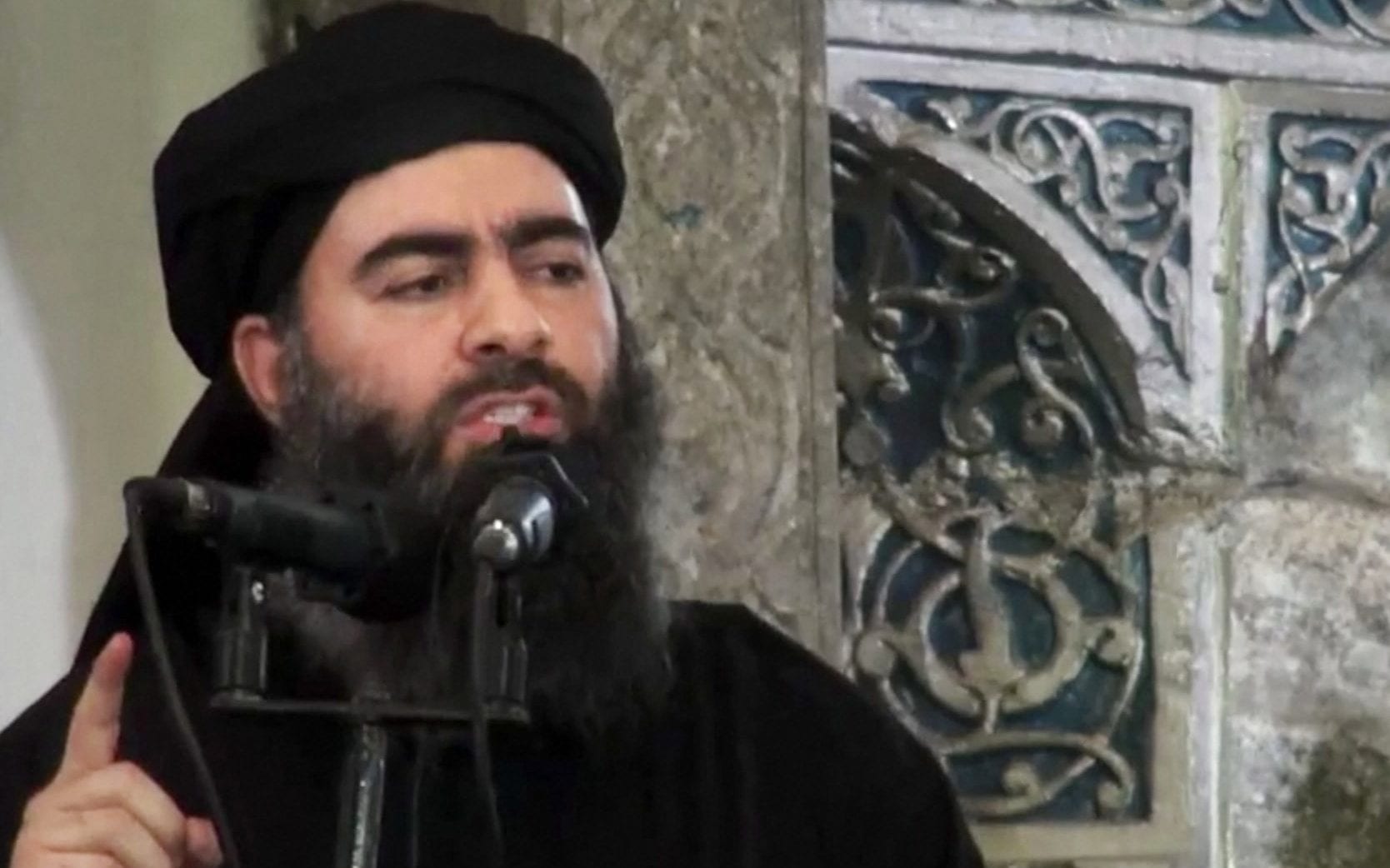
Piety gone rogue: The rise and fall of ISIS chief al-Baghdadi

Born to pious Sunni parents of the Al-Bu Badri tribe in the Iraqi city of Samarra, ISIS leader Abu Bakr al-Baghdadi who operated using various aliases was originally named Ibrahim Awad Ibrahim Ali al-Badri.
Not many details are available of his life before ISIS became internationally known, with only two publicly circulated photos of him reportedly available before 2014.
A mediocre student, Baghdadi found religion interesting as well as appealing. The New York Times reported that he was so interested in Islam and Islamic law that he often lectured others on the topic. The article quoting The Panama Papers said Baghdadi had once censured a neighbour for getting inked, telling him that tattoos were forbidden under Islamic law.
Also read: US follies created ISIS, bred Baghdadi, Trump shouldn’t boast but introspect
At a very young age, he could recite the whole Quran and often led prayers at the mosque in the absence of senior clerics.
School records obtained by news agencies show that in 1991, at the age 20, Baghdadi got enrolled in the Shariah College of Baghdad University. After earning a bachelor’s degree, in 2002 he joined the Saddam University to pursue a master’s degree in engineering. Later he earned doctorate from the same university in Islamic scripture.
A disciplinarian, Baghdadi was known as a reticent student. To pay for his studies, he took Quranic classes at the al-Haj Zaidan Mosque in Baghdad, where his pupils referred to him as “Sheikh Ibrahim.” His students often described him as taciturn and reserved teacher.
On weekends he gave soccer coaching and also handed out pamphlets advocating the ultraconservative Wahhabi strain of Islam, a move which was criticised by others.
The camp that changed it all
Reports say the pious Baghdadi hadn’t been introduced to the extreme form of Islam until he was arrested from his in-law’s house near Falluja in January 2004. It wasn’t him, but his brother-in-law who was wanted at that time. He spent 11 months in a detention centre at Camp Bucca.
Most analysts and experts who have studied his case, argue that it was around this time that Baghdadi was radicalised. However, there are varying versions to such claims. His fellow inmates had told the media that Baghdadi was already committed to the violent form of jihad even before he entered the camp.
While in the camp, he began grouping up all Sunni prisoners against Shiite prisoners. The move to target Shias was later used by followers of the Islamic State who began targeting the section throughout the world, killing people at Shiite sites in Lebanon, Afghanistan, Iran, and Bangladesh.
Within one year of his release from the camp prison, Baghdadi joined Mujahideen Shura Council, a coalition of various insurgent groups, and became an insurgent leader in central Iraq.
During the Arab Spring in the 2010s when the Islamic world grappled with growing insurgency, terror groups and civil wars, Baghdadi rose through the ranks.
When he finally declared himself the leader of the group, it was named the Islamic State of Iraq (ISI) and was also associated with Bin Laden’s al-Qaida.
Also read: Baghdadi’s death a major victory in mission of defeating ISIS: US
Cornered in the end
Baghdadi, who was named a Specially Designated Global Terrorist by the United States, orchestrated several violent attacks including the suicide bombing at the Umm al-Qura Mosque in Baghdad in August 2011 in which prominent lawmaker Khalid al-Fahdawi was killed.
Soon after 48-year-old Baghdadi blew himself up on Sunday (October 27), US president Donald Trump told the media that he was under constant surveillance for the last couple of weeks.
Stating that the US has been looking for Baghdadi for three years, Trump said he started getting some very positive feedback about a month ago. The real operation started two weeks ago in terms of the real operation because the US had them scoped.
“You can never be 100 per cent sure because you’re basing it on technology more than anything else. But we thought he was there. Then we got a confirmation. When we went in they were greeted with a lot of fire power,” he said.
Trump said many of Baghdadi’s people were killed.
“This is the biggest one, perhaps, that we’ve ever captured. Because this is the one that built ISIS and beyond and was looking to rebuild it again. Very, very strongly looking to build it again. That’s why he went to this province. This is why he went to this area,” he said.
(With inputs from agencies)

